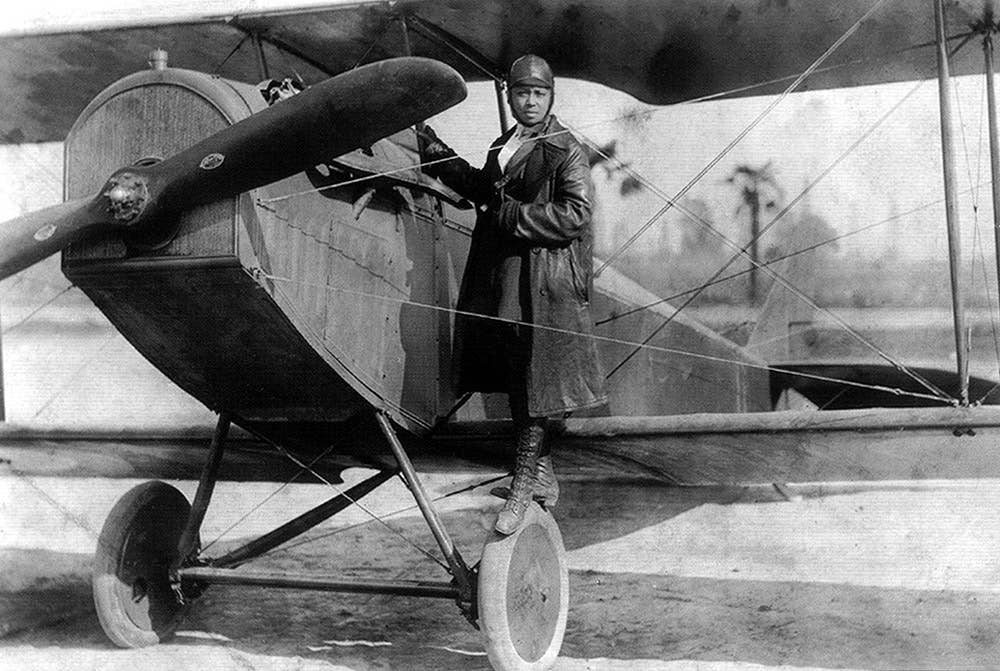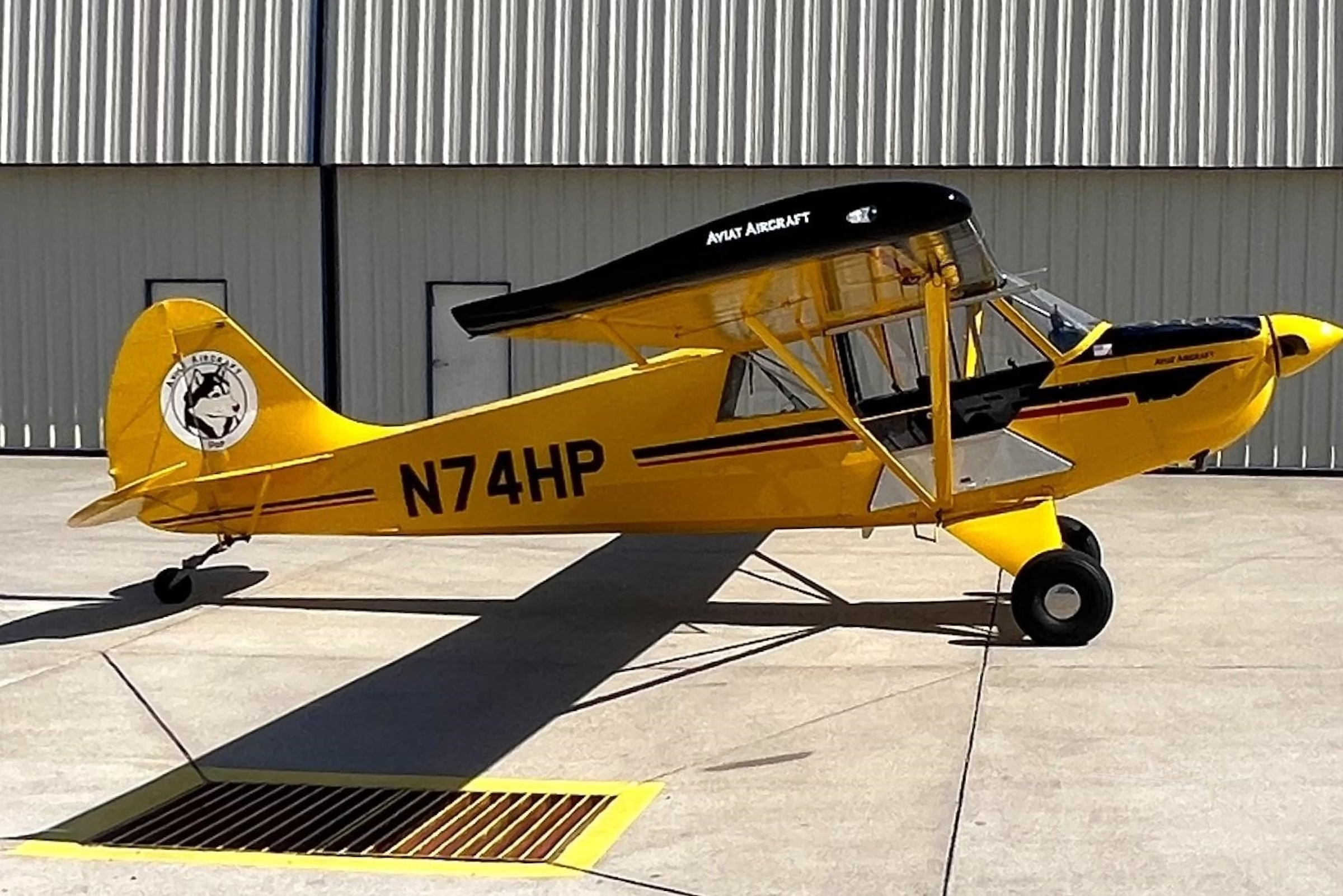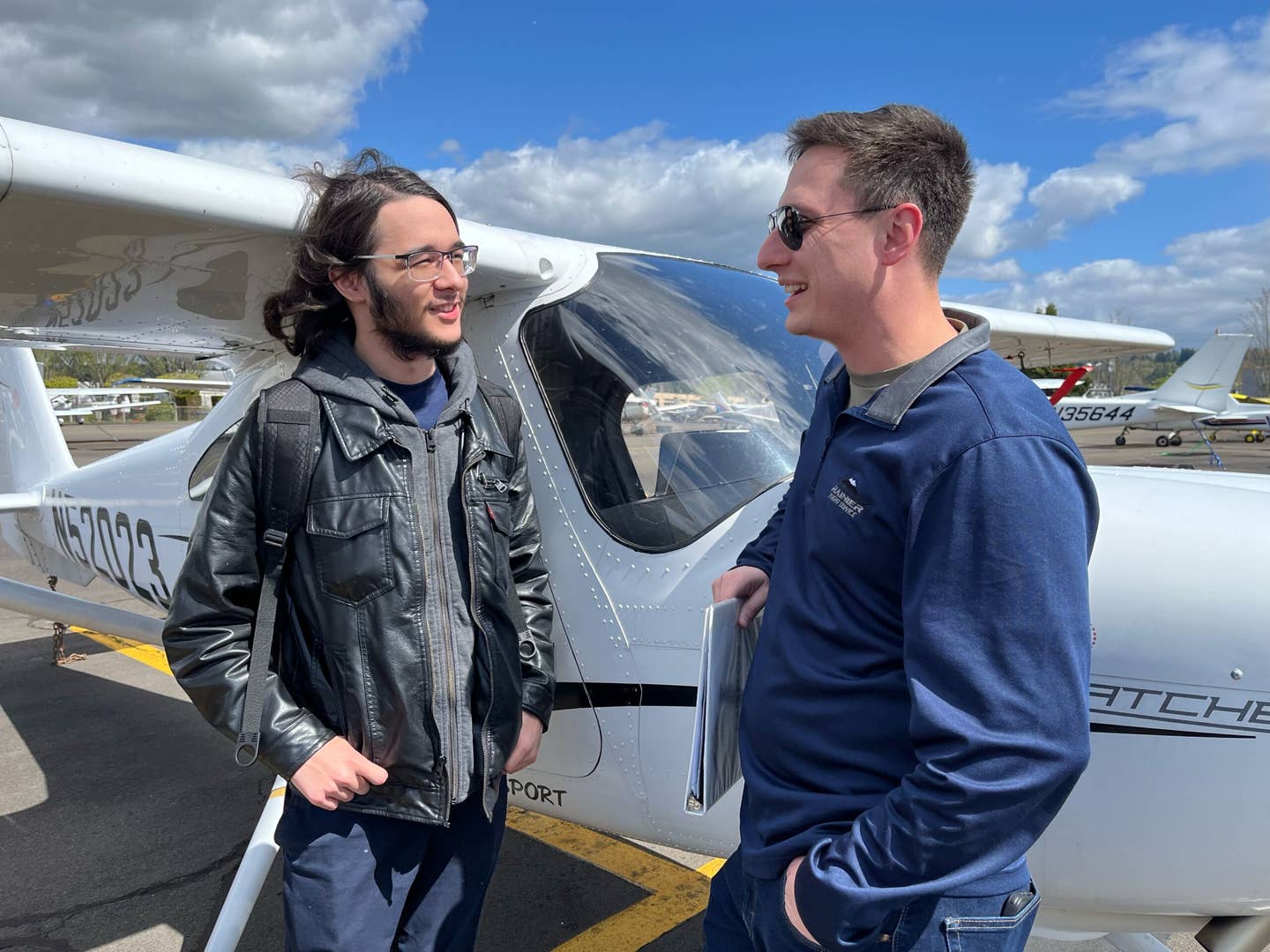First African-American Woman Pilot To Be Featured on U.S. Coin
Aviation pioneer Bessie Coleman will appear on the back of a U.S. quarter.

Bessie Coleman in 1922. [FLYING Archive]
This week, the United States Mint announced aviation pioneer Bessie Coleman’s addition to the American Women Quarters Program.
Coleman, who became the first African-American woman to earn a pilot’s license—and had to travel to Europe to get it—will be featured on the back of the U.S. quarter that will be available in 2023. Four other pioneering women—Jovita Idar, Edith Kanaka‘ole, Maria Tallchief, and Eleanor Roosevelt—will also have their likenesses on quarters next year.
“The range of accomplishments and experiences of these extraordinary women speak to the contributions women have always made in the history of our country,” said the Mint’s deputy director, Ventris C. Gibson. “I am proud that the Mint continues to connect America through coins by honoring these pioneering women and their groundbreaking contributions to our society.”
About Bessie Coleman
Originally, Coleman worked as a manicurist in Chicago, but was inspired by the tales of women aviators in France, as told by her brothers who served in World War I. Coleman’s search for flight training started out moot, given that no flight school in America at the time would accept a Black woman.
That, however, did not stop Coleman from trying. The soon-to-be pioneer began learning French and was eventually accepted to the Caudron Brothers’ School of Aviation in Le Crotoy, France. She would go on to earn her international pilot’s license in June 1921 from the Fédération Aéronautique Internationale.
Throughout her career, Coleman enjoyed performing in public shows, inspiring young women of color to aim for the skies. Two years into her career, Coleman survived a crash, where she suffered severe injuries.
Fortunately, she was able to make a full recovery and eventually bought her own airplane—a Curtiss JN Jenny. Coleman began performing again, but only for non-segregated events, as she refused to back down from segregationist policies.
In April 1926, Coleman rode on a test flight with a mechanic, but due to a loose wrench in the engine, she and the mechanic lost their lives in the subsequent crash.
Today, Coleman’s legacy still lives on through the Bessie Coleman Aviator’s Club—established by African-American women pilots in 1977.

Sign-up for newsletters & special offers!
Get the latest FLYING stories & special offers delivered directly to your inbox






